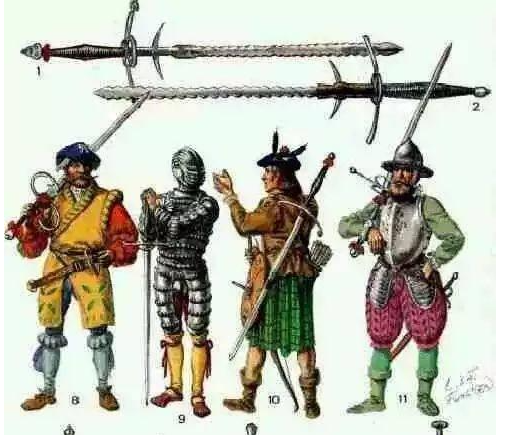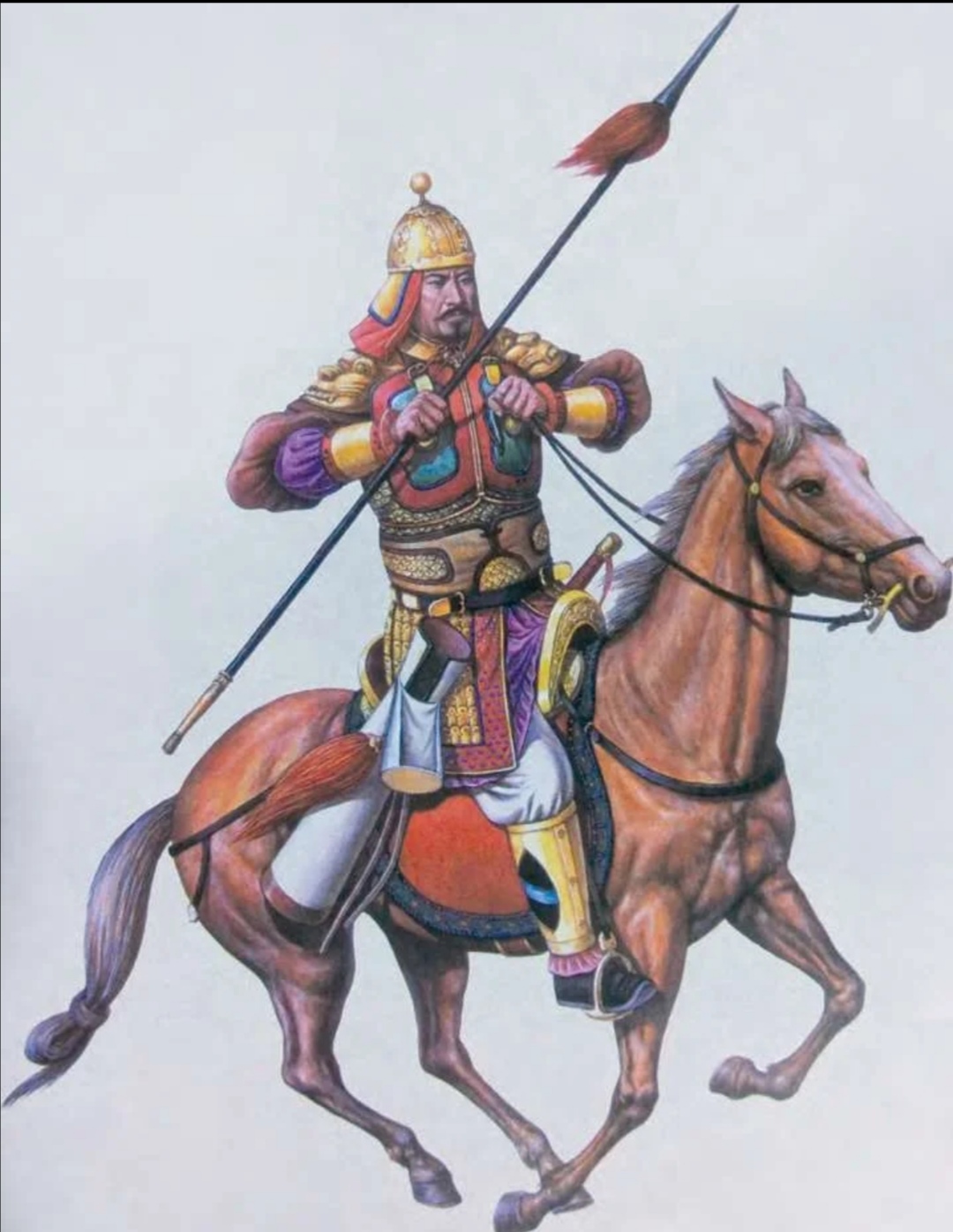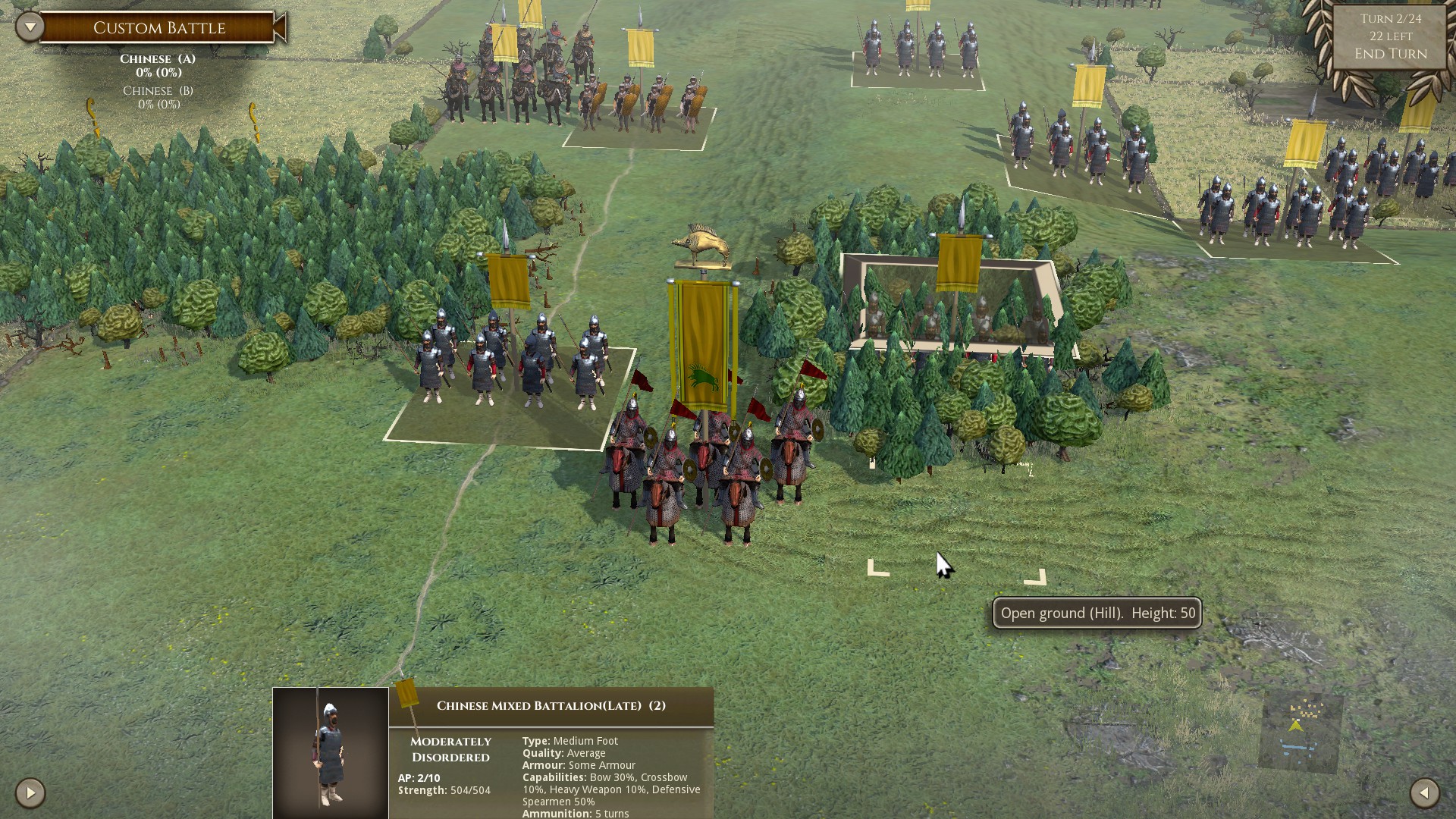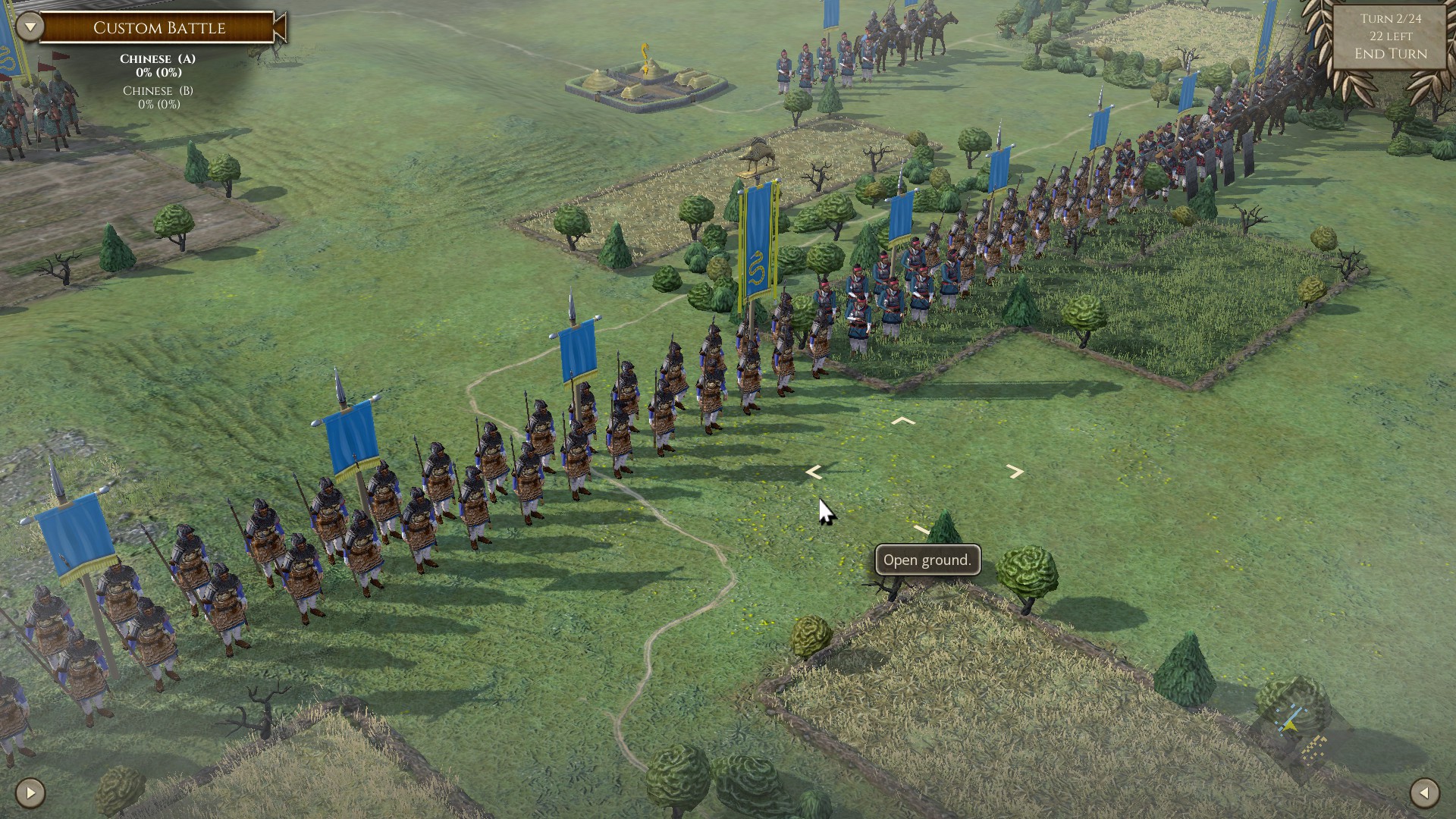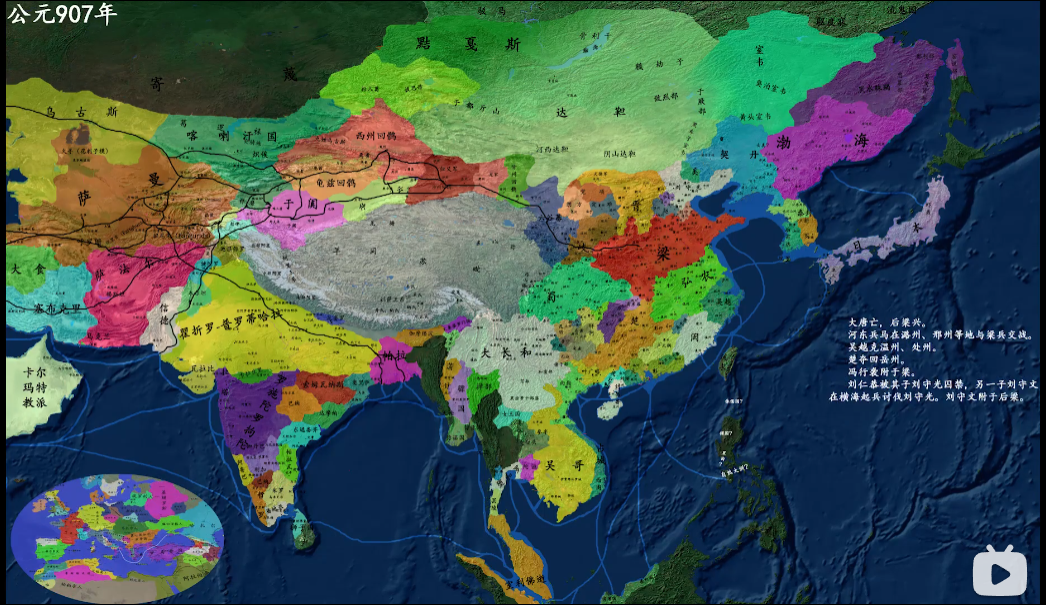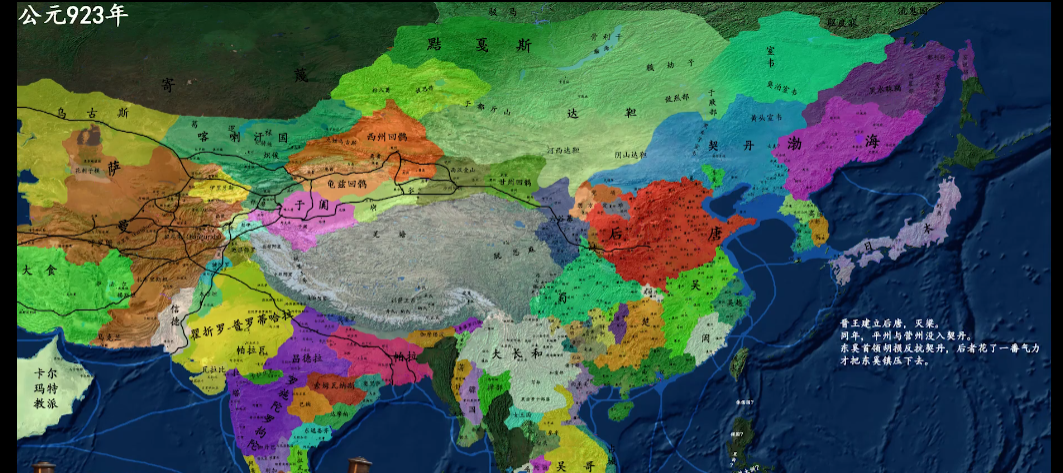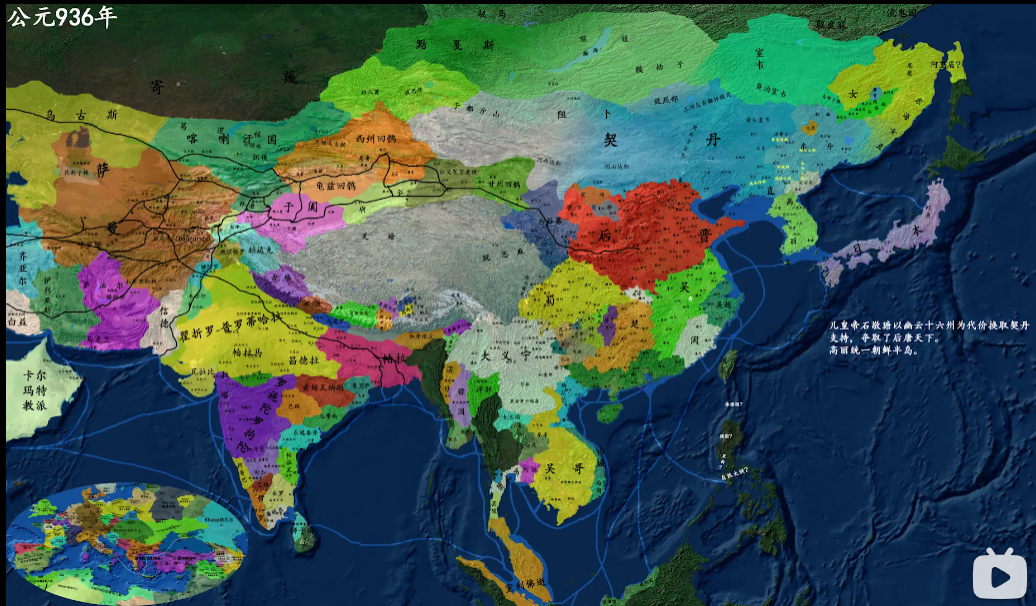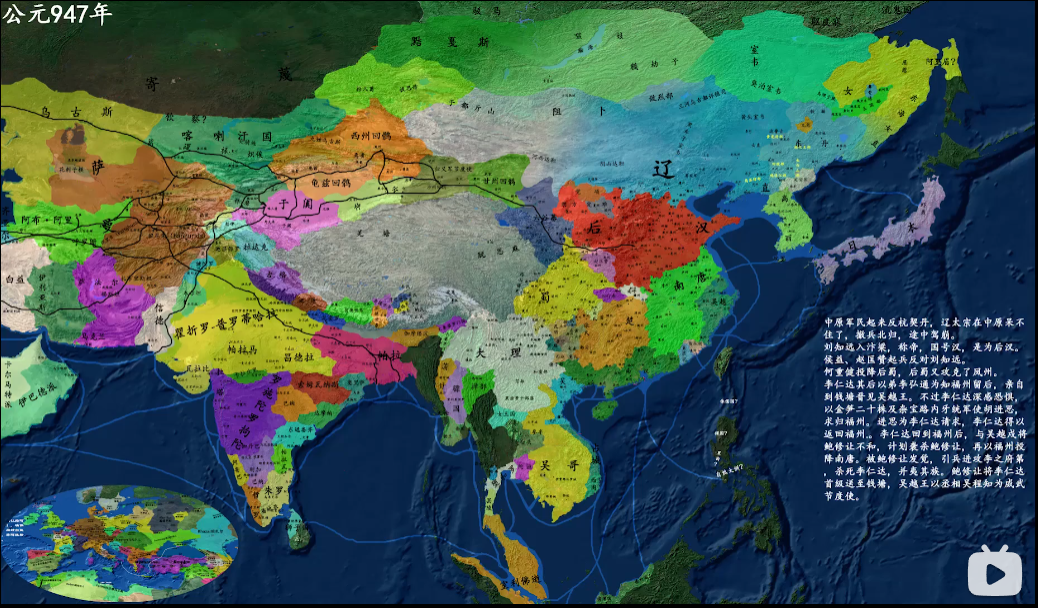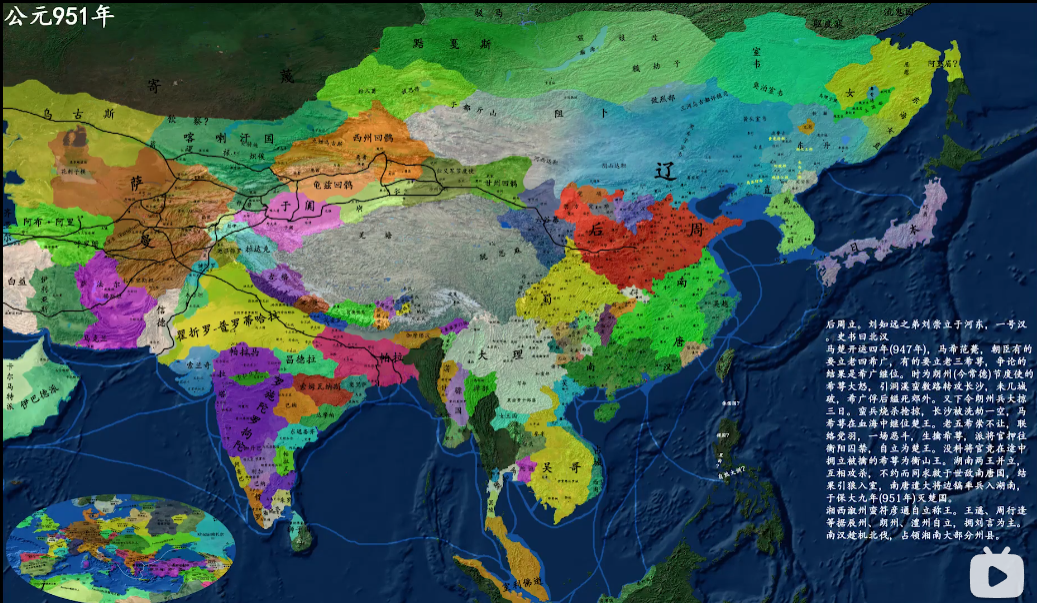The next faction is High Tang.(705-763)
After the death of Wu Zetian the Tang dynasty was embroiled in a series of political struggles, pretty much the Chinese version of Game of Thrones. Li Xian (Emperor Zhongzong of Tang) died suddenly after a five-year reign, most likely poisoned by his own daughter, Princess Anle. Princess Anle seized power and attempted to claim the throne with the help of her mother, Empress Wei. Princess Taiping, daughter of Wu Zetian, commanded the Praetorian Guard and killed Empress Wei and Princess Anle, and installed Li Dan, another son of Wu Zetian, as a puppet emperor, while Princess Taiping actually held the power. Three years later Li Dan's prince Li Longji staged a coup with his Household troops and killed Princess Taiping, ending the chaos and making him the new emperor (Emperor Xuanzong of Tang).
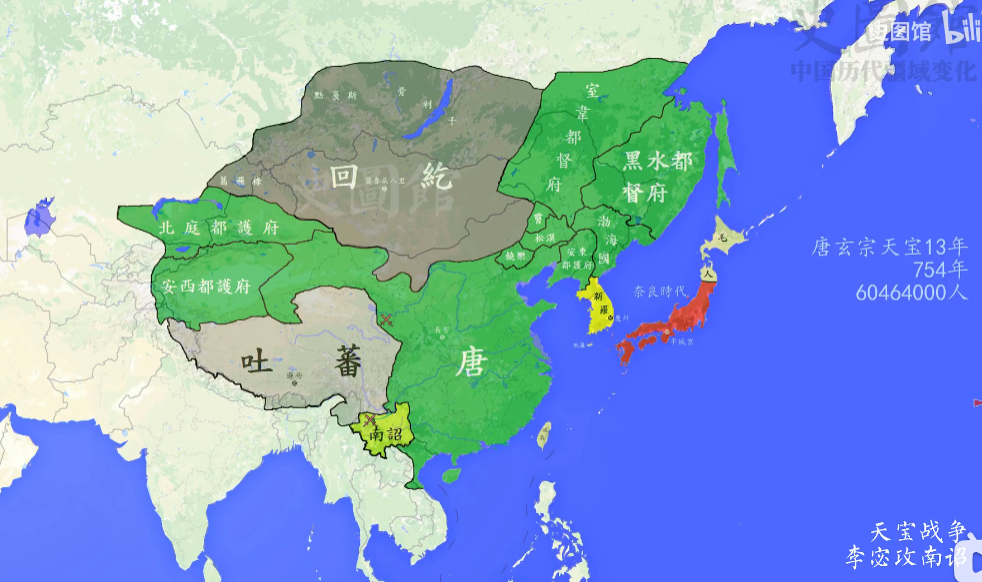
Tang in AD754.
Under Li Longji's rule, the economic focus of the Tang Dynasty shifted from traditional agriculture to handicrafts and international trade. In addition to the Silk Road, maritime trade routes were opened up with the Tang sphere of influence as the core, starting from Japan, through Korea, the Tang Dynasty, Southeast Asia, India, and up to Arabia and Africa. This led to the extreme economic prosperity of the Tang Dynasty., with a total population of 60 million, and a population of 2 million in and around the capital Chang'an alone.

The Tang Dynasty also tried to establish hegemony on land. In the middle of Li Longji's reign, he began a series of military expansions known as the "Tianbao Wars". General Gao Xianzhi (a Korean) led an army of 30,000 men to present-day Uzbekistan in 751 AD, but was wiped out by the Abbasid governor of Khorasan, Abu Muslim, in the Battle of Talas. In the same year, the Tang army was also defeated in Nanzhao (today's Yunnan Province), and in 754 Li Longji again attacked Nanzhao, but the whole army was wiped out and the Tang grand commander Li Mi was killed in battle. This marked the complete defeat of the Tianbao Wars.
To support Li Longji's military expansion, most of the Tang army was assigned to the frontiers, leaving only a few Praetorian Guard to defend the inland areas. These frontier armies were divided into ten military districts, each commanded by a Jiedu Shi (royal seal envoy).
On November 9, 755 A.D., An Lushan (a Sogdian), Li Longji's most trusted man who commanded three military districts by himself, rose in rebellion on the grounds of conflict with the chancellor (and brother of the famous Yang Guifei) Yang Guozhong. -On December 12, An Lushan defeated the Praetorian Guard lead by Gao Xianzhi and captured Luoyang, the vice capital of the Tang Dynasty. Li Longji urgently conscripted civilians as soldiers and appointed retired general Geshu Han (a Turkic) to lead the army. On June 4, 756 A.D., Geshu Han's troops were ambushed and destroyed by An Lushan. Li Longji fled Chang'an on July 13 with the remaining thousands of troops and a few cronies. Chang'an fell on the following day. Li Longji fled to Sichuan, in the southwest of the empire, with less than 2,000 followers . Prince Li Heng fled to Ningxia in the northwest and claimed himself emperor. Li Longji lost everything and died in depression on May 3, 762.
~The Fubing system finally came to an end. The army of the Tang Dynasty gradually switched to a recruitment system during this period, which was completely completed in 749. Soldiers were hired by the government and paid with salaries or fields as remuneration. This solved the empire's manpower problem, but inevitably led to a decline in the quality of the army.Many non-Han people joined the army and the court, some in high positions, besides the previously mentioned Gao Xianzhi, Geshu Han and An Lushan, the famous ones were Duke of Bi, Ashina Sheer (Turkic), and Chao Heng (Abe no Nakamaro, Japanese), advisor to Li Longji
Note:A Tang officer called Du Huan was captured by the Arabs at the Battle of Talas and joined the Abbasid Royal Guard. He lived in Baghdad for ten years, during which time he traveled through Iran, Syria, Jerusalem, Egypt, Tunisia, and later returned to the Tang dynasty by ship via India in 762. He wrote a book called "经行记(Travel Diary)" in which he recorded what he saw during these years and the contents of the countries along the Mediterranean Sea. This book was lost in the chaos of the late Tang Dynasty, and now only 1500 words from this book describing Syria and the Byzantine Empire are left in other documents.






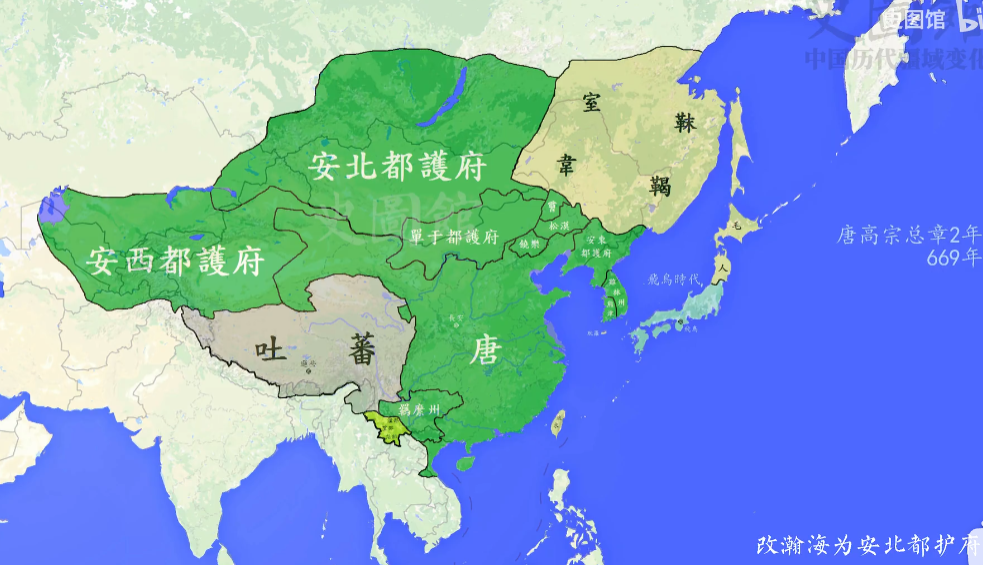
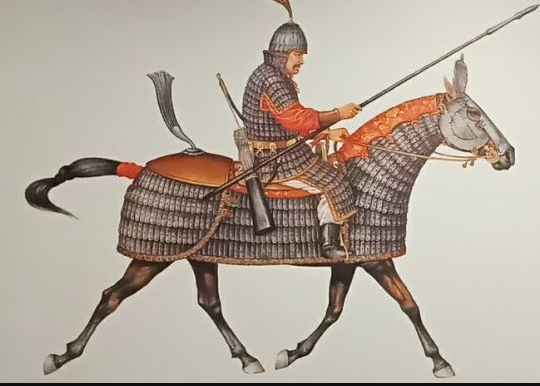
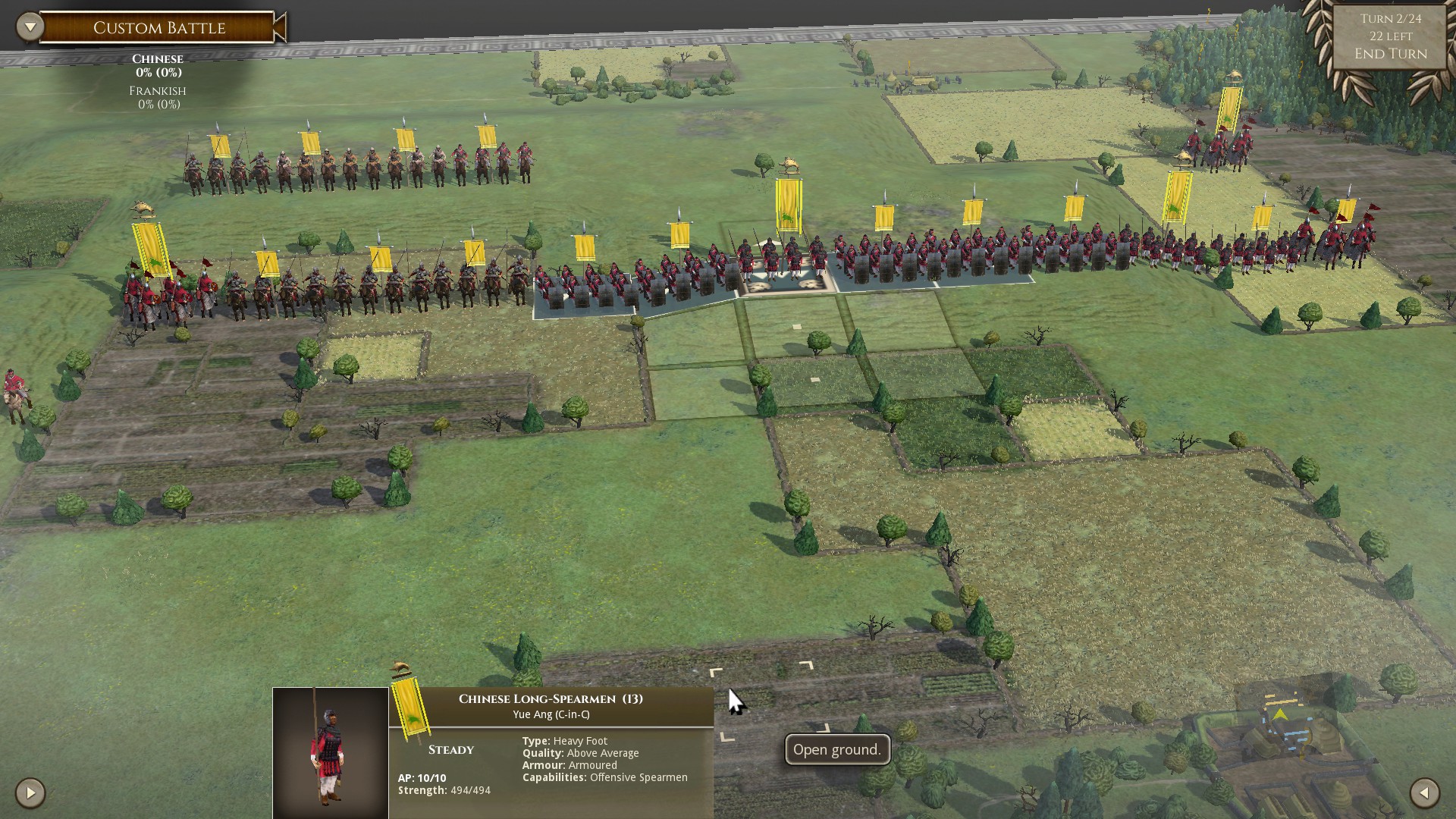
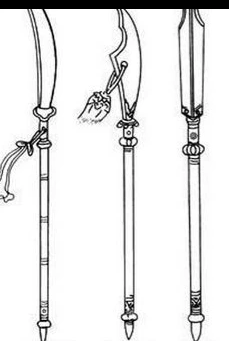 or
or 